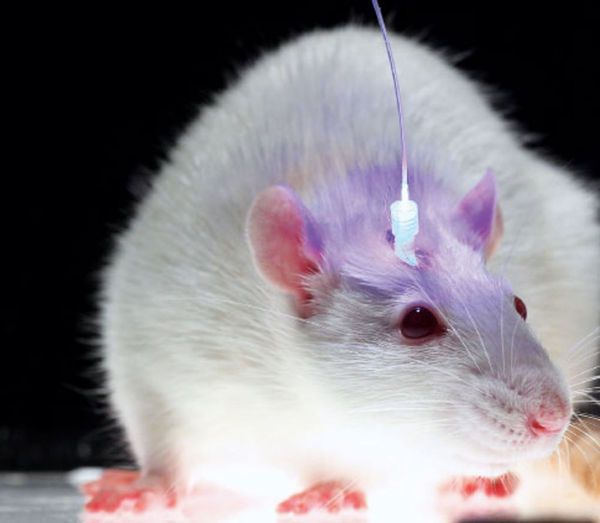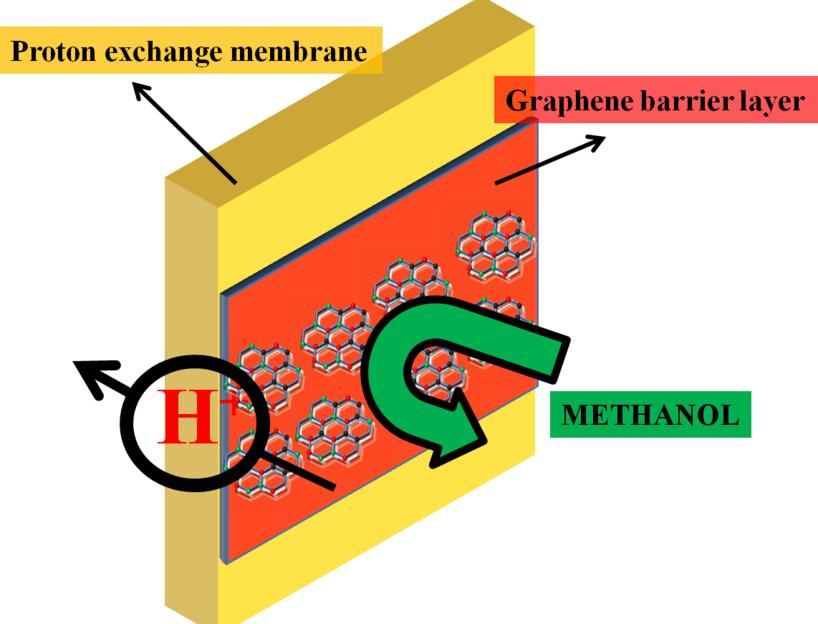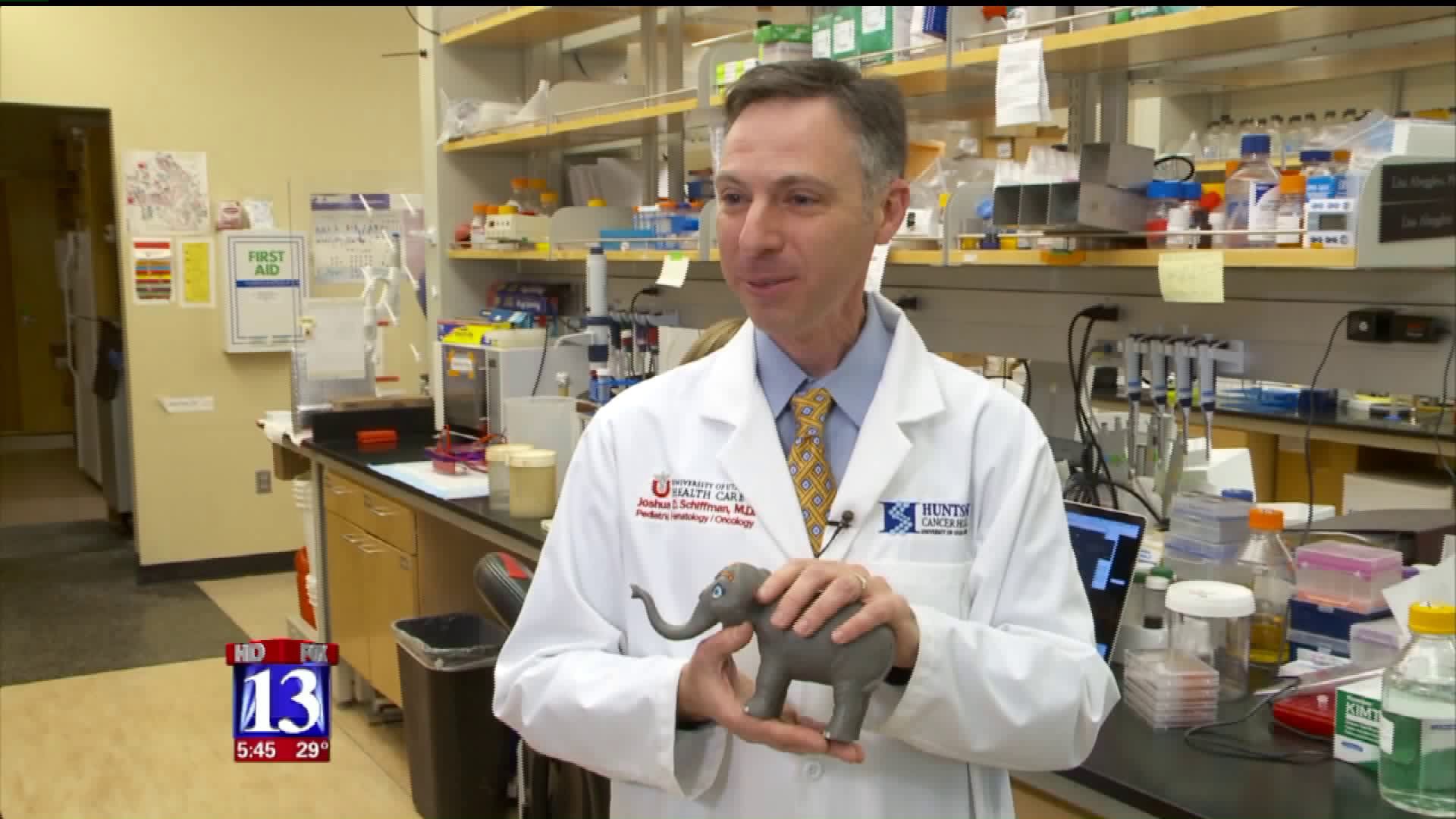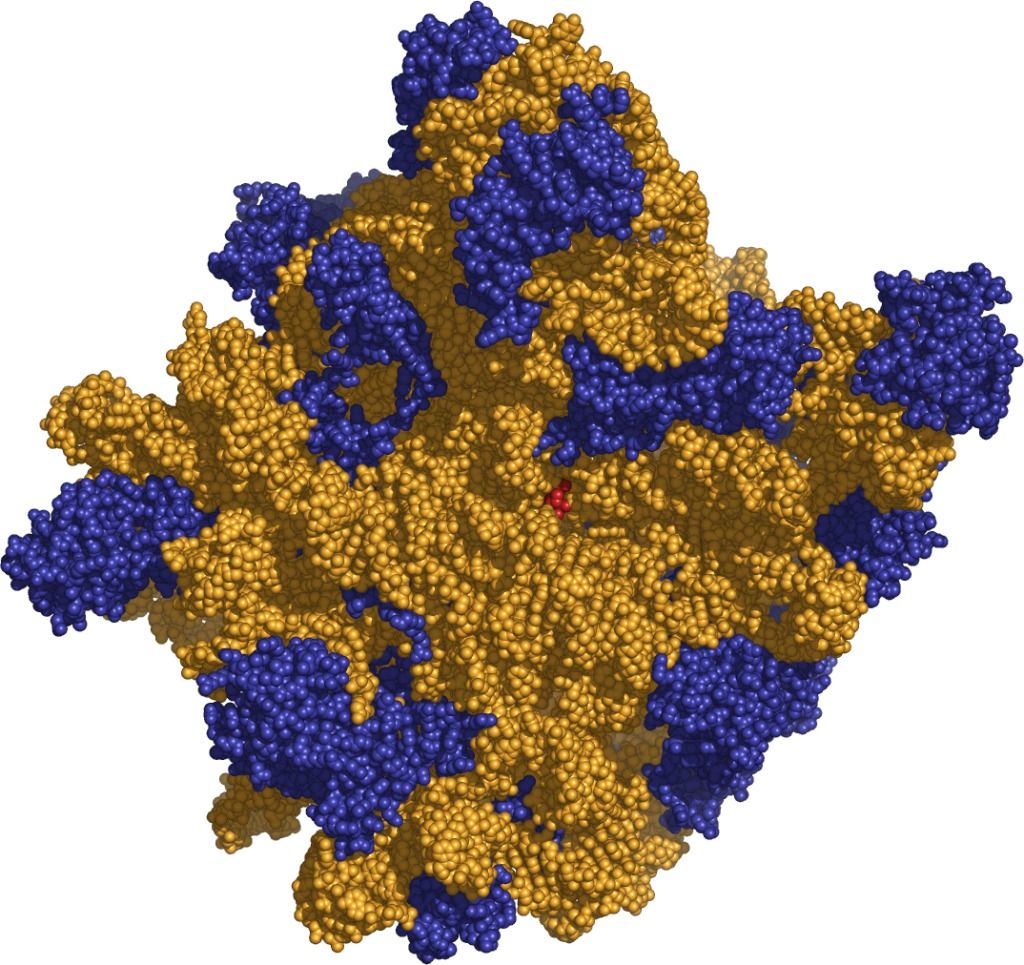Hmmm; you have a 2nd brain inside your stomach. At least this new research is pointing to that.
Gut feelings influence your mood and well-being.
Hmmm; you have a 2nd brain inside your stomach. At least this new research is pointing to that.
Gut feelings influence your mood and well-being.


Pretty soon, your smart watch may know you’re sick before you do, according to US scientists. The researchers made an app which tracked health data — such as heart rate and skin temperature — collected by 60 people’s smart watches for up to two years, and found that people’s stats changed when they were getting sick.
The authors say smart watches could also help detect the risk of type 2 diabetes and low oxygen on planes, and that they even helped detect Lyme disease in one of the scientists behind the study.
Smart watches and similar portable devices are commonly used for measuring steps and physiological parameters, but have not generally been used to detect illness.

The Samsung Galaxy Note 7 exploding battery fiasco has stirred major concerns whether smartphone batteries are really safe. In an effort to prevent these disasters from happening, a group of Stanford scientists have developed a lithium-ion battery pack, which includes a capsule filled with triphenyl phosphate (TPP). Once the battery’s internal temperature reaches a certain point, the capsule will melt releasing the TPP and extinguishing the fire.
Like Us on Facebook
The team working on the project found out that TPP is a type of chemical-fire retardant. The chemical is capable of extinguishing an exploding battery in just 0.4 seconds, according to 9to5Google. The team also set the temperature threshold at 302 degrees Fahrenheit, at that point, the capsule will melt releasing the TPP chemical.

ChemEurpoe — Scientists from the School of Chemical Engineering and Analytical Science, in the University of Manchester have come up with a way to utilize 2D materials in an actual operating direct methanol fuel cell. They have shown that the addition of single layer graphene by Chemical vapour deposition, on to the membrane area has significantly reduced the methanol cross over at the same time obtaining negligible resistance to protons thereby enhancing the cell performance by 50%.
Fuel cells count as interesting energy technology of the near future, as they pave the way for the production of sustainable energy using simple hydrocarbons as fuels. They work by a simple operational mechanism with the fuel oxidation on one side, and oxidant reduction on other side, which liberates electrons used for electrical energy generation. A wide variety of fuels, short chain alcohols have been used so far. Methanol remains a favourable candidate due to its high energy density, ease of handling and other operational characteristics.

I can say that I have seen it all with this for cancer research.
SALT LAKE CITY – Researchers at Huntsman Cancer Institute have successfully used synthetic elephant genes to battle human cancer cells.
The synthetic elephant genes are still in the early phases of research, according to HCI, but show promise.
The HCI said there are 1.6 million new cancer diagnosis every year in the United States. Many across the globe are racing to find a cure, but researchers at Huntsman said elephants already have it figured out.

Noted synthetic life researcher Steven Benner of Foundation for Applied Molecular Evolution is fond of pointing out that gooey tars are the end product of too many experiments in his field. His widely-held view is that the tars, made out of chemicals known to be important in the origin of life, are nonetheless a dead end to be avoided when trying to work out how life began.
But in the changing world of origins of life research, others are asking whether those messy tars might not be a breeding ground for the origin of life, rather than an obstacle to it.
One of those is chemist and astrobiologist Irena Mamajanov of the Earth-Life Science Institute (ELSI) in Tokyo. As she recently explained during an institute symposium, scientists know that tar-like substances were present on early Earth, and that she and her colleagues are now aggressively studying their potential role in the prebiotic chemical transformations that ultimately allowed life to emerge out of non-life.

Cool; and at −273.16°C in fact.
Nothing can be chilled below absolute zero, or −273.15°C, because at this temperature all molecular motion stops completely. Per Heisenberg’s uncertainty principle the forces of real particle velocities will always be above zero. It’s a fundamental limit that can’t seem to be broken, and that’s fine, but what bothers scientists, however, are other limits that keep them from cooling things near absolute zero.

Based on a study of the optical properties of novel ultrathin semiconductors, researchers of Ludwig-Maximilians-Universität München (LMU) in Munich have developed a method for rapid and efficient characterization of these materials.
Chemical compounds based on elements that belong to the so-called transition metals can be processed to yield atomically thin two-dimensional crystals consisting of a monolayer of the composite in question. The resulting materials are semiconductors with surprising optical properties. In cooperation with American colleagues, a team of LMU physicists led by Alexander Högele has now explored the properties of thin-film semiconductors made up of transition metal dichalcogenides (TMDs).
The researchers report their findings in the journal Nature Nanotechnology (“Opto-valleytronic imaging of atomically thin semiconductors”).

Nice.
In research that could one day lead to advances against neurodegenerative diseases like Alzheimer’s and Parkinson’s, University of Michigan engineering researchers have demonstrated a technique for precisely measuring the properties of individual protein molecules floating in a liquid.
Proteins are essential to the function of every cell. Measuring their properties in blood and other body fluids could unlock valuable information, as the molecules are a vital building block in the body. The body manufactures them in a variety of complex shapes that can transmit messages between cells, carry oxygen and perform other important functions.
Sometimes, however, proteins don’t form properly. Scientists believe that some types of these misshapen proteins, called amyloids, can clump together into masses in the brain. The sticky tangles block normal cell function, leading to brain cell degeneration and disease.
But the processes of how amyloids form and clump together are not well understood. This is due in part to the fact that there’s currently not a good way to study them. Researchers say current methods are expensive, time-consuming and difficult to interpret, and can only provide a broad picture of the overall level of amyloids in a patient’s system.